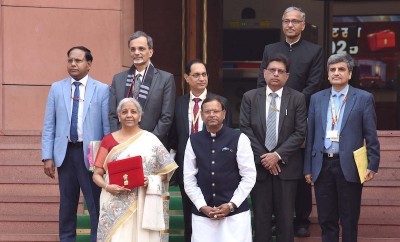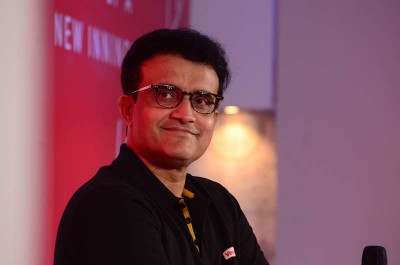
India needs more women in workforce to spur growth, say experts
New Delhi: With just a 32 percent female labour force participation rate in South Asia, increasing women’s employment requires a holistic approach and action from all stakeholders, experts said at a discussion on “Policy Options to Raise Female Employment in India”, organised jointly by the National Council of Applied Economic Research and the World Bank here on Tuesday.
The World Bank’s latest South Asia Development Update says nearly two-thirds of working-age women are out of the labour force in the region.
In her opening remarks, NCAER Director General Dr Poonam Gupta said, “We need to target institutional and societal causes creating the gender gaps in employment, while simultaneously making it easier, safer, remunerative, and professionally rewarding for women to join the workforce and for their families and communities to support their decisions.”
Dr Gupta added, “Given the enormity of the challenge and its persistence, a holistic gender strategy consisting of fiscal, administrative and regulatory measures besides public messaging is needed.”
The World Bank’s Chief Economist for South Asia Franziska Ohnsorge said if women worked in as productive jobs as men, the GDP in South Asian region could go up by up to 51% and that no single measure could achieve any major increase in women in employment.
Calling South Asia, particularly India, a bright spot, she said growth could be much higher if the untapped potential is unlocked.
She called for encouraging remote working opportunities, ensuring safety at workplaces, enforcement of gender-equal laws and favourable social norms for women working outside their homes.
Later, initiating a discussion with Prof Ashwini Deshpande (Ashoka University), Prof A K Shiva Kumar (Visiting Professor, Harvard University) and Dr Anuradha Guru (Economic Advisor, Ministry of Finance) on the panel, NCAER’s Prof Sonalde Desai said the existing social norms keep women back at home.
Referring to Dr Gupta’s call for developing a care economy to cater to the young, the ailing and the elderly, Prof Desai suggested using MGNREGA workers in providing child care activities which could both generate jobs and free up more mothers to join the workforce.
Earlier, the NCAER DG also said, “An uncomfortably large number of glass ceilings remain intact even now.
“Lack of women’s leadership is not just a pipeline issue. Pipelines can be built with committed intent,” she added.
Asked about data capturing women’s participation in labour force, Prof Deshpande said there is underestimation of women’s work which is seen as part of family enterprise.
Noting improvements in several parameters over the years, Prof Shiva Kumar said more focus is needed on healthcare and quality school education to increase female labour force participation.
Listing out some of the steps taken by the government, Dr Anuradha Guru said care economy, skilling, and agro-processing could lead to increased participation of women in the labour force.
Support Our Journalism
We cannot do without you.. your contribution supports unbiased journalism
IBNS is not driven by any ism- not wokeism, not racism, not skewed secularism, not hyper right-wing or left liberal ideals, nor by any hardline religious beliefs or hyper nationalism. We want to serve you good old objective news, as they are. We do not judge or preach. We let people decide for themselves. We only try to present factual and well-sourced news.







